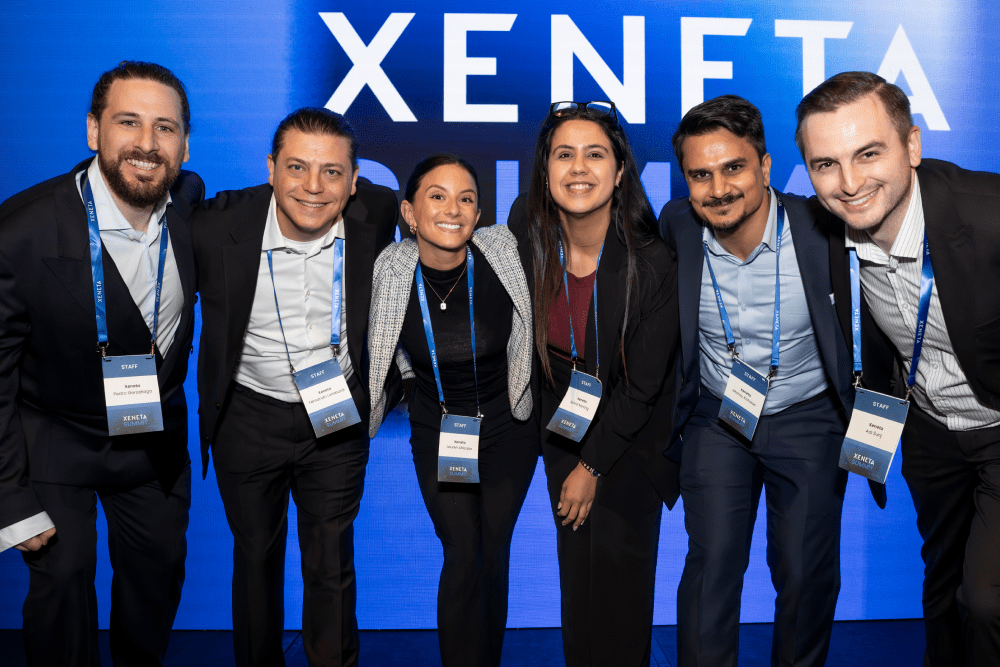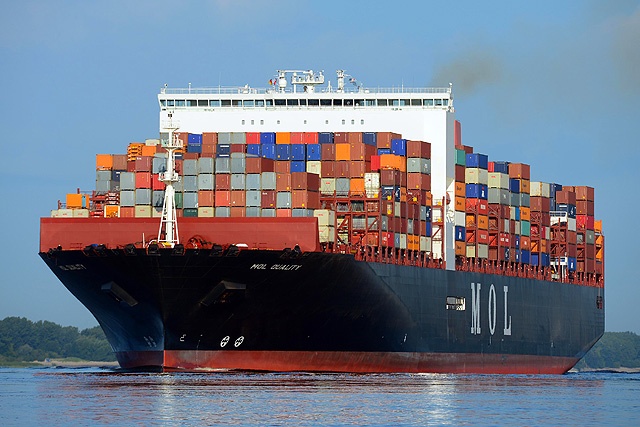Nippon Yusen Kaisha (NYK), Mitsui OSK Lines (MOL) and K Line have just completed the first step in the approval of their acquisition. When finally fully approved, the new joint venture would operate the world’s sixth largest container fleet, with about 7% of global capacity. MOL is preparing for organizational restructuring and ultra-large vessel deployment as it paves the way for the "3J" to begin operating.
MOL's Triumph mega ship, the world's largest container ship, just made its debut and will operate on THE Alliance’s Asia to Europe trade via the FE2 service.
The delivery of the 20,150 TEU MOL Triumph, the first ultra-large container ship to break the 20,000 TEU barrier is one of four 20,150 TEU vessels shipbuilder SHI is building for MOL.
Taking delivery of these mega ships will further weigh on a market trying to right-size itself from overcapacity issues. While it has been reported in some places that demand is rising, the introduction of these ULCs may make sense, in the long run. However, we are weary that introducing additional capacity may depress rates and have a negative financial impact on MOL’s container business and perhaps for the upcoming joint venture. As always, it is too soon to tell in such an unpredictable market.
MOL Restructures
Effective April 1, MOL’s new organizational structure will include:
- The Product Transport Business Unit in which most of the carrier and port divisions will reside.
- A Bunker Business office that will purchase and prepare bunker oil and lubricant, establish mid-and long-term policies to procure fuels and accelerate initiatives concerning vessels with engines that use alternative fuel such as LNG.
- Establishment of a New Business Creation Division which will research and develop new business initiatives that are not extensions of conventional business.
- The Offshore & LNG Project Division will be renamed the Offshore Project Division and will engages in efforts to expand the offshore business.
Eyes on India
In addition, the organization appears to be looking towards India as a big opportunity. MOL submitted an application to the Indian government to establish a subsidiary in the country. If approved, the subsidiary will take over the logistics business from Mitsui O.S. K. Lines (India) Pvt. Ltd., effective April 3, and would operate in Delhi, Mumbai, Chennai, Ahmadabad, Bangalore and Pune.
MOL stated that the new subsidiary will provide air and ocean transport, cross-border transport with neighboring countries, domestic transportation, warehousing, customs clearance and plant and project cargo transport services.
Watch our webinars to gain transparency into Ocean Freight Rates
Project Cargo
In addition to reorganization efforts as well as expansion plans in India, MOL plans to expand its project and heavy cargo activities in Asia and Europe to “enhance its initiatives on inter modal transport services for plant and heavyweight cargoes”, according to the company.
Indeed, MOL plans to coordinate activities between its four subsidiary companies, MOL, MOL Logistics Japan, Utoc Corp., and Mitsui O.S.K. Kinkai, more closely under the “One MOL” banner.
Diversification is a smart move in that will provide not only new opportunities, but cross-selling of services. This in turn will lessen MOL’s exposure to the still struggling container market.
MOL Vessel image: Hamburg Hafen
%201.png)


-1.jpg)



